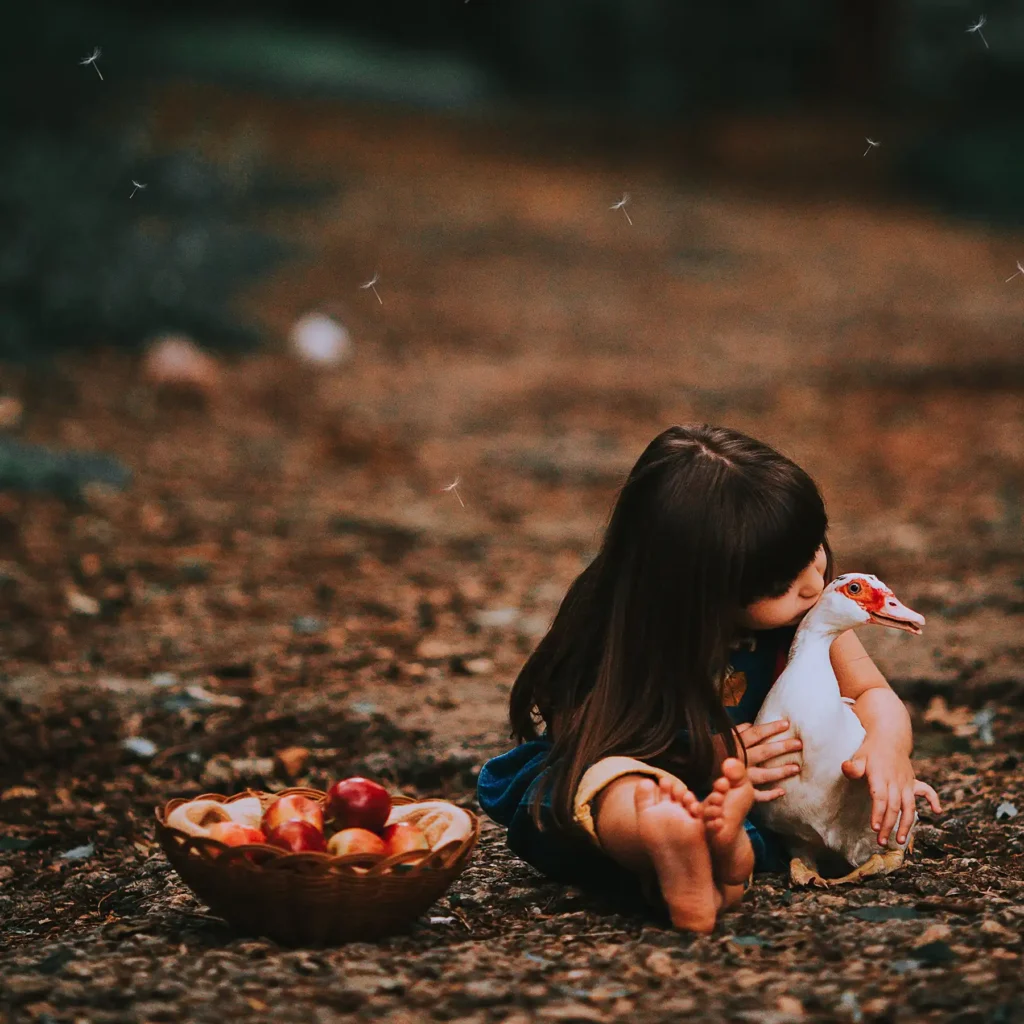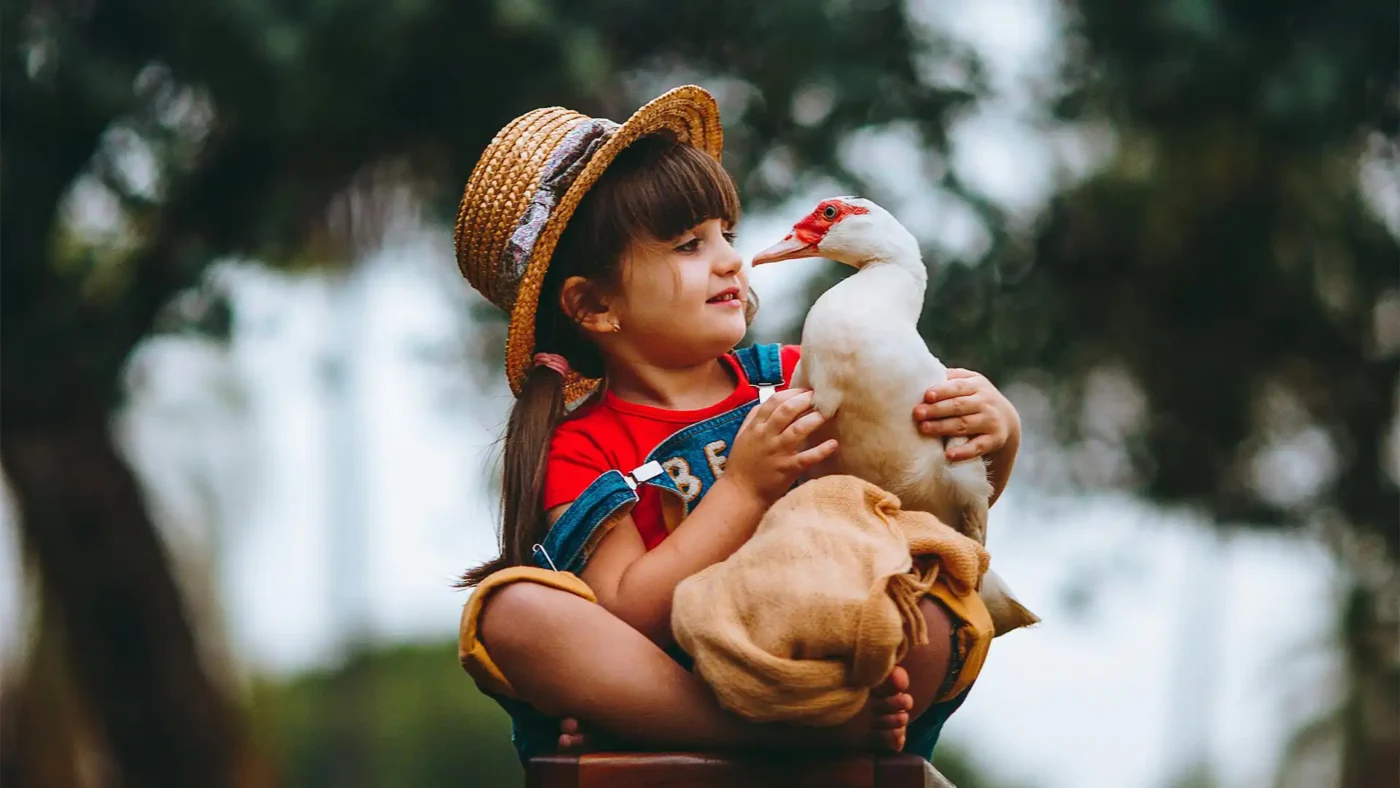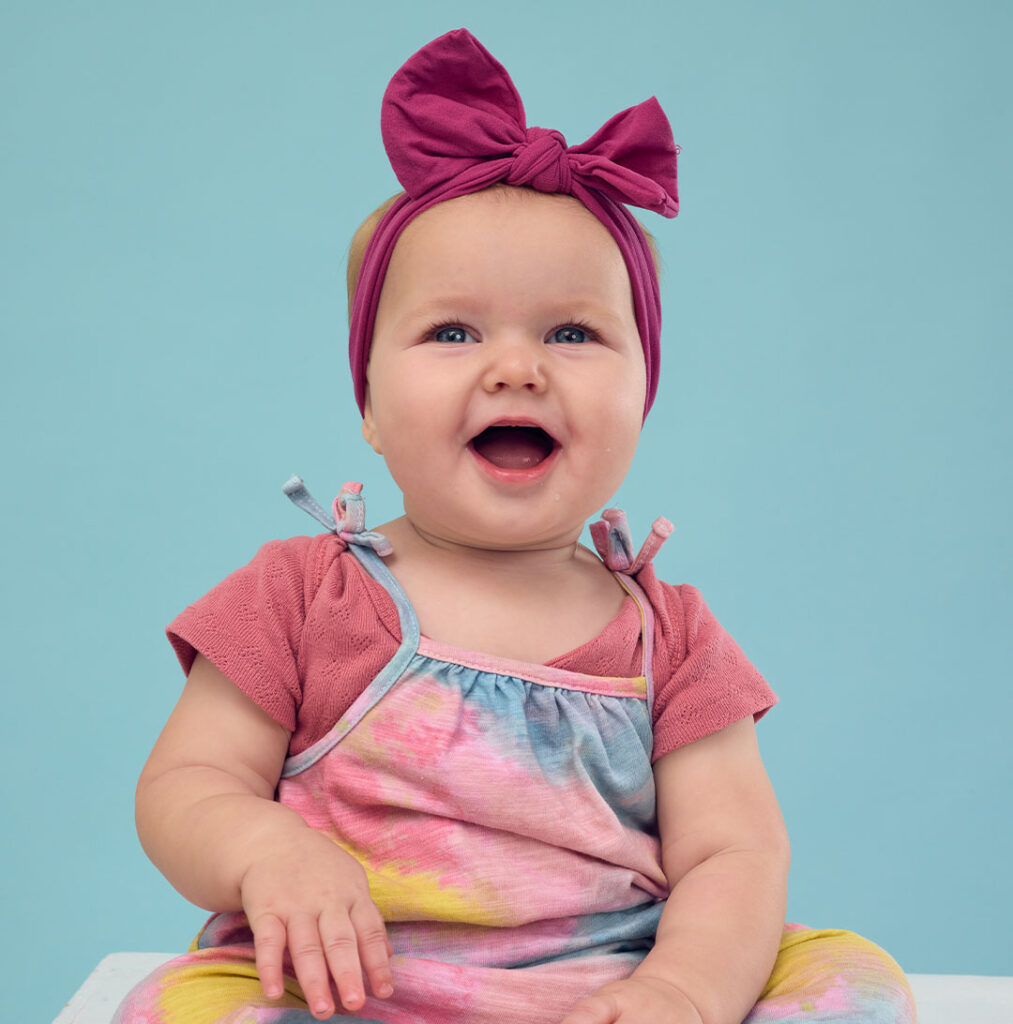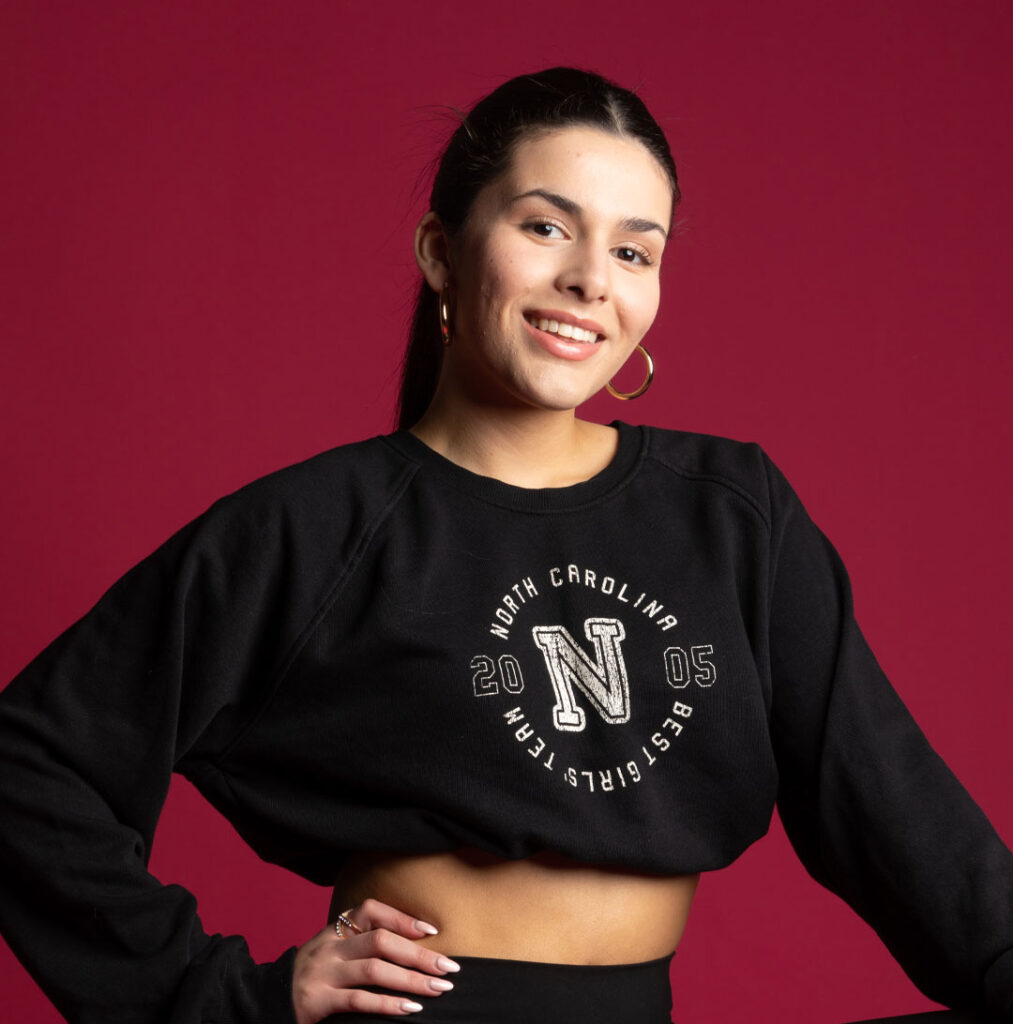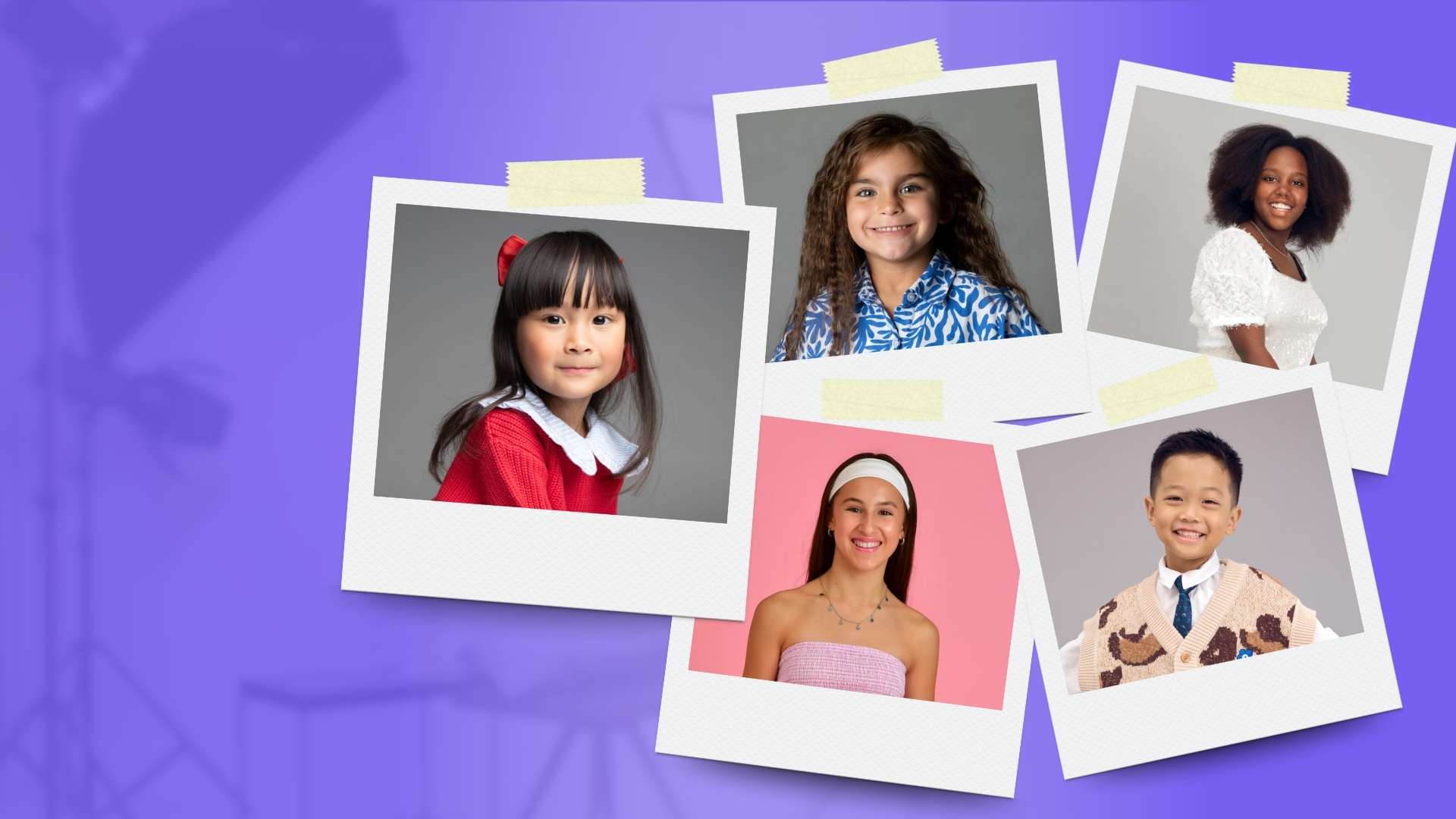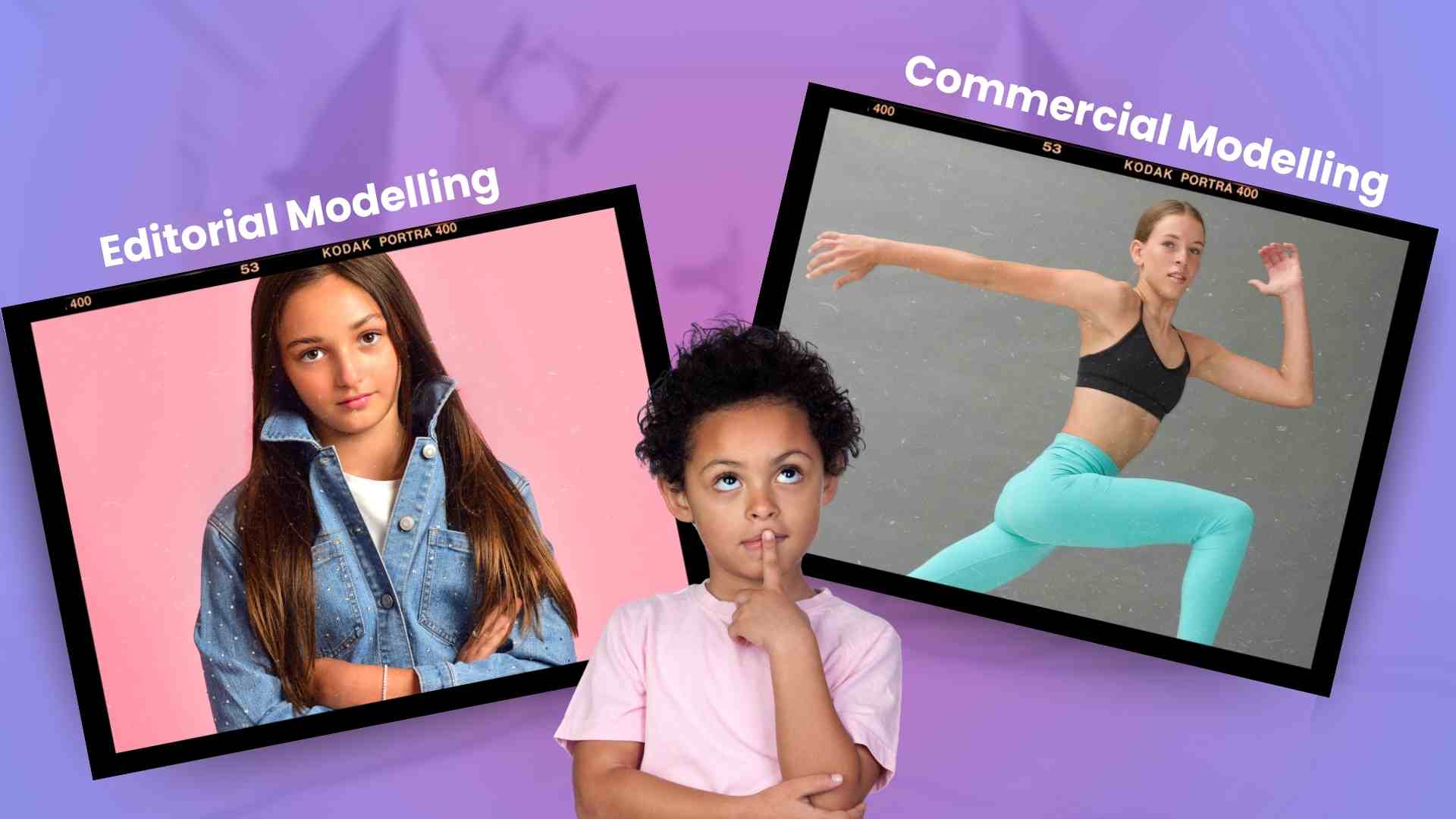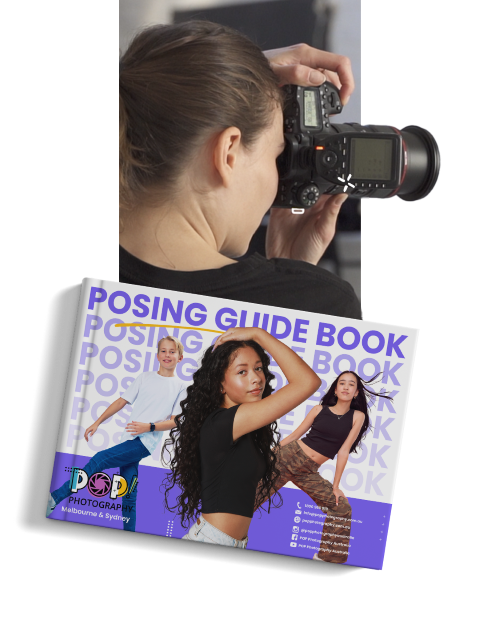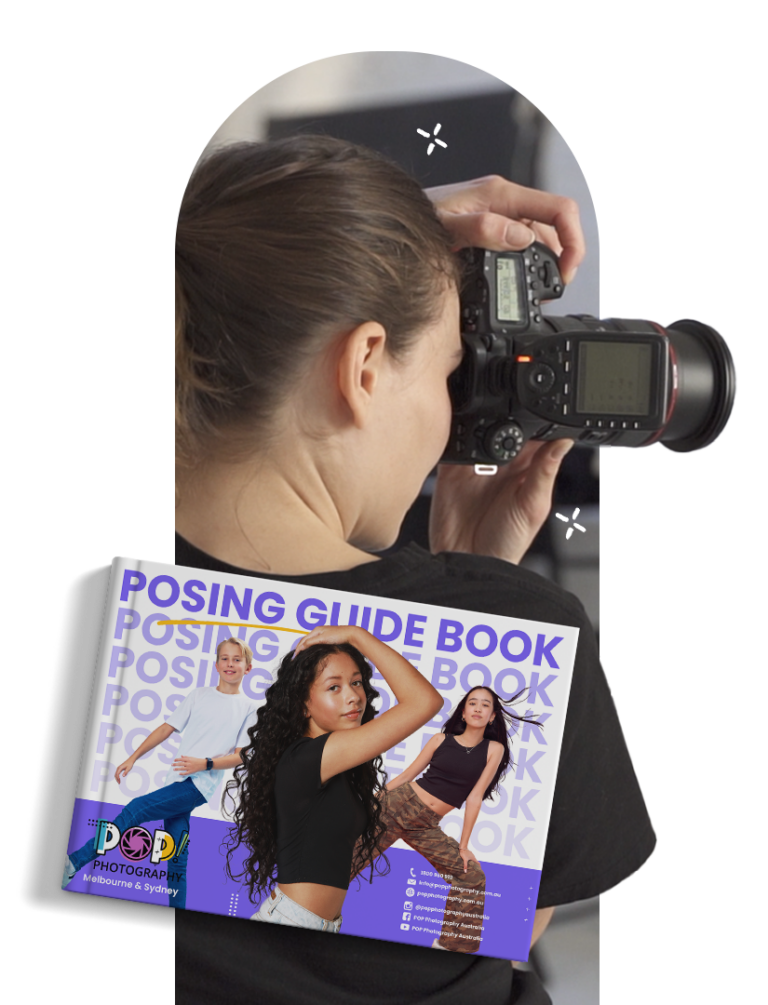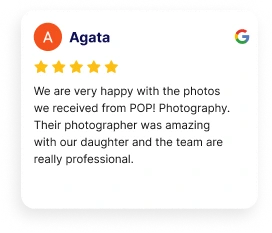Storytelling photography is a captivating and emotive form of visual art that transcends mere image capturing. It’s an expressive medium where photographs are not just snapshots of moments, but narratives woven through visuals. Unlike traditional photography that might focus on aesthetics or technical perfection, storytelling photography prioritizes the narrative and emotional impact of the image.
In this genre, every photo tells a story, conveying emotions, ideas, or a series of events. It’s about creating a connection with the viewer, inviting them into a moment, a thought, or a feeling. This approach is significant in the realm of visual storytelling as it transforms the viewer’s experience, making them not just observers but participants in the story being told.
Photographers who master this art form use their lens to capture more than just scenes; they capture essence and narrative. This could be in the form of a candid shot that reveals a profound human emotion, a carefully staged composition that narrates a tale, or a series of images that unfold a story over time.
The power of storytelling photography lies in its ability to evoke emotions and provoke thoughts. It opens doors to different perspectives, cultures, and experiences, allowing viewers to see through the eyes of the photographer and the subjects. The images become a canvas where stories of love, struggle, joy, and the myriad facets of life are painted.
Embracing the principles of storytelling in photography not only enhances the visual appeal of images but also deepens the impact they have on their audience. It’s a skill that combines the eye of a photographer with the heart of a storyteller, creating a memorable and impactful visual narrative.
The Essence of Storytelling in Photography
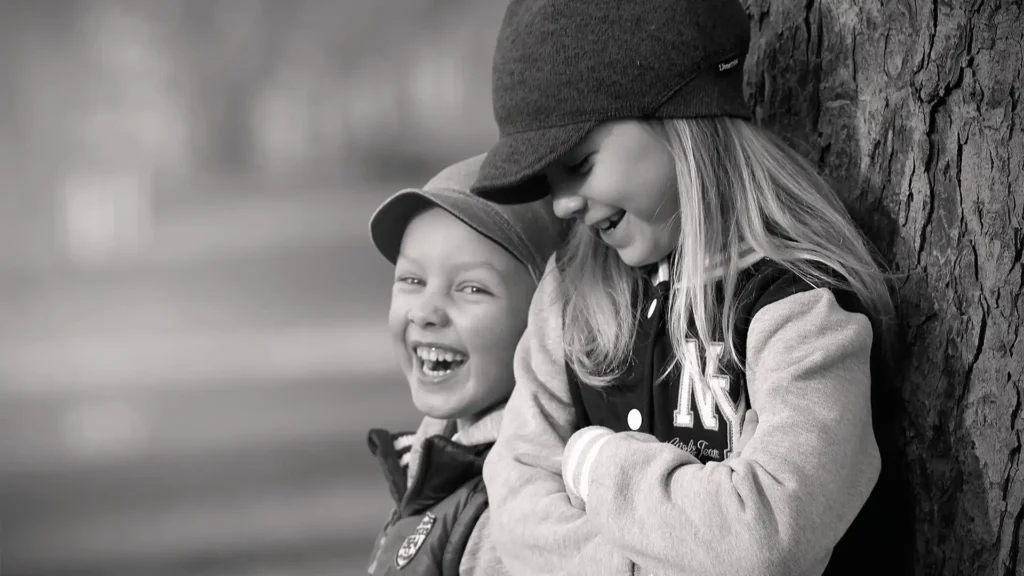
The essence of storytelling in photography lies in its unique power to convey narratives and evoke emotions through visual imagery. Unlike traditional photography, which often focuses on capturing a moment or subject in its aesthetic form, storytelling photography delves deeper into the art of conveying a narrative or emotion.
It’s not just about what is shown, but how it’s shown – the context, the characters, and the underlying story. This form of photography goes beyond the surface to capture the essence of moments, weaving together elements that narrate a story beyond the frame. It invites the viewer to engage with the image, piecing together the story it aims to tell, making it a powerful tool in both artistic expression and communication.
Key Elements of Storytelling Photography
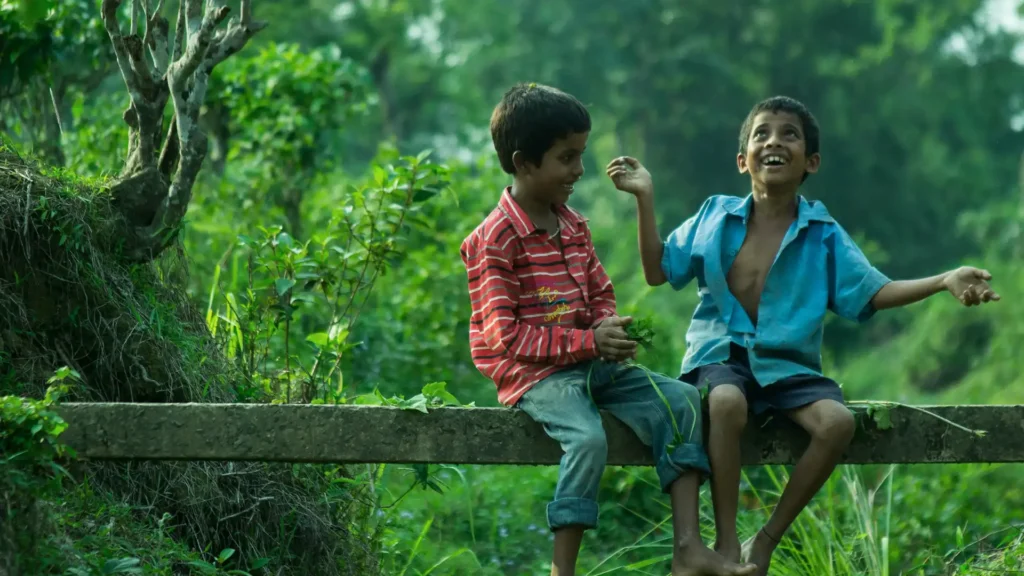
Storytelling photography is an art form where the arrangement of elements within the frame, the use of lighting, and the selection of subjects play crucial roles in conveying a narrative.
- Composition is the backbone of visual storytelling. It involves the deliberate arrangement of subjects, objects, and backgrounds to guide the viewer’s eye and evoke specific emotions. Effective composition can transform a simple image into a powerful story, creating a sense of place, developing character depth, or illustrating a relationship between elements. Techniques like the rule of thirds, leading lines, or framing can be used to emphasize important parts of the story.
- Lighting in storytelling photography is more than just illumination; it’s a tool to set the mood and atmosphere of the image. Different lighting conditions can dramatically alter the perception of a scene, influencing how the story is interpreted. Soft, diffused light might convey tenderness or tranquility, while harsh, dramatic light can create tension or highlight conflict. The direction, quality, and color of light are all vital considerations in shaping the story.
- Subject Selection is about choosing the right subjects to effectively tell the story. Whether it’s a person, a newborn baby, an object, or a landscape, the subject must resonate with the narrative you want to convey. It’s not just about the subject itself, but what it represents or symbolizes within the story. The subject should have a clear connection to the overall theme and be able to evoke emotions or questions in the viewer’s mind.
These elements, when harmoniously combined, create a compelling visual story that resonates with the audience, making storytelling photography a powerful medium of expression and communication.
Modelling Poses and Storytelling Photography
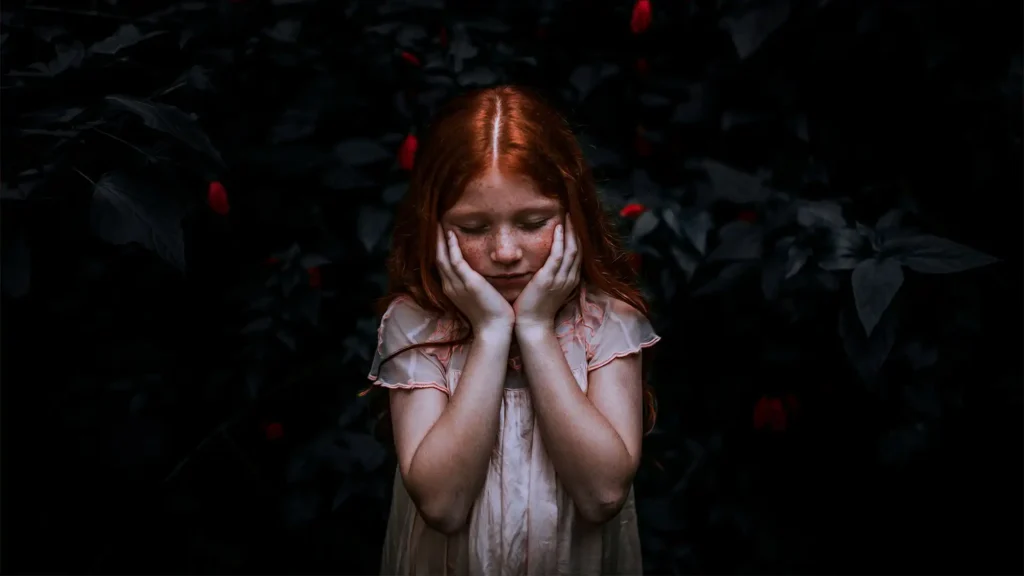
Incorporating modeling poses into storytelling photography can significantly enhance the narrative of the image. Modeling poses are more than just physical stances; they are expressions of character, emotion, and story. When thoughtfully executed, these poses can add depth and meaning to the photographic narrative.
For example, a model looking away from the camera with a thoughtful expression can create a sense of longing or introspection. A pose with direct eye contact can convey confidence, challenge, or invitation. The positioning of the hands, the tilt of the head, and the direction of the gaze—all contribute to the story.
Dynamic poses, where the model appears to be in motion, can depict action or change, adding an element of tension or excitement to the narrative. In contrast, more subdued, introspective poses can evoke feelings of calm, contemplation, or melancholy.
Poses can also interact with the setting or props to create a narrative. A model cradling an object can signify care or loss, while a pose that interacts with the environment, like reaching towards something or glancing sideways, can create a sense of connection or discovery.
Effective storytelling through modeling poses requires a careful balance between the model’s expression, body language, and the surrounding elements of the photograph. It’s about creating a pose that resonates with the overall theme of the story and enhances the emotional impact of the image. This approach turns a simple photograph into a compelling visual story, engaging the viewer and inviting them to delve deeper into the narrative being conveyed.
Practical Storytelling Photography Tips
To effectively use storytelling elements in photography, consider the following practical tips:

Focus on the Narrative: Before shooting, think about the story you want to tell. This will guide your choices in composition, lighting, and subject matter.
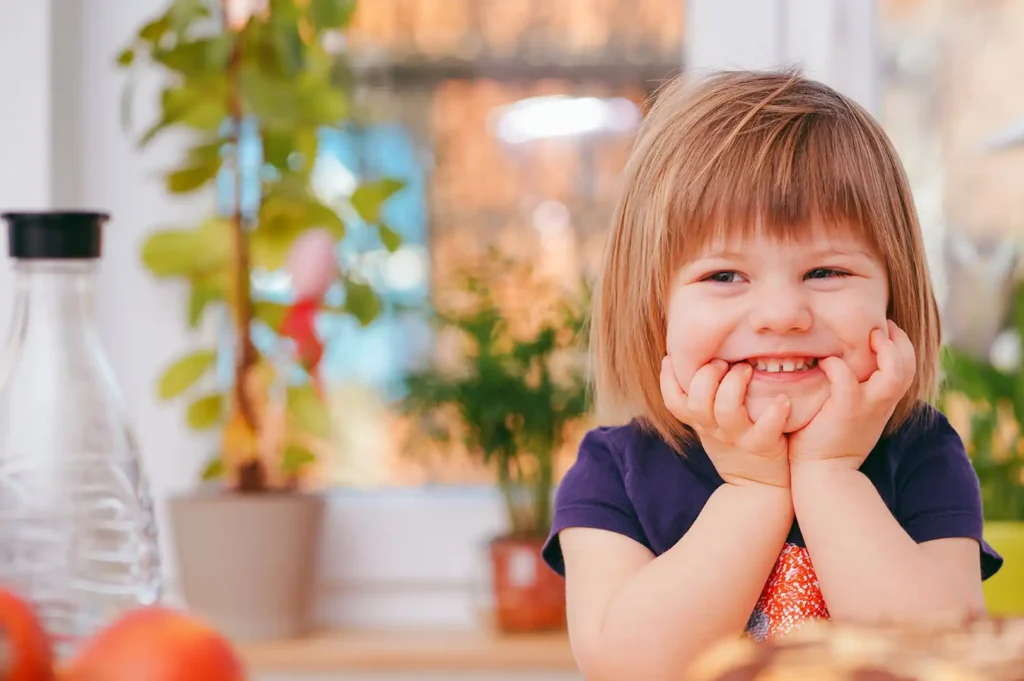
Use Composition Wisely: Composition is key to guiding the viewer’s eye. Use elements like leading lines, framing, and the rule of thirds to emphasize important parts of your story.

Play with Lighting: Lighting can dramatically change the mood of a photo. Use light and shadows to create atmosphere and add emotional depth to your images.

Choose the Right Angles: Different angles can tell different stories. For instance, shooting from above can make the subject look small or insignificant, while shooting from below can make them appear powerful or imposing.

Experiment with Camera Settings: Understanding and manipulating camera settings like aperture, shutter speed, and ISO can help you achieve the desired effect in your photos.
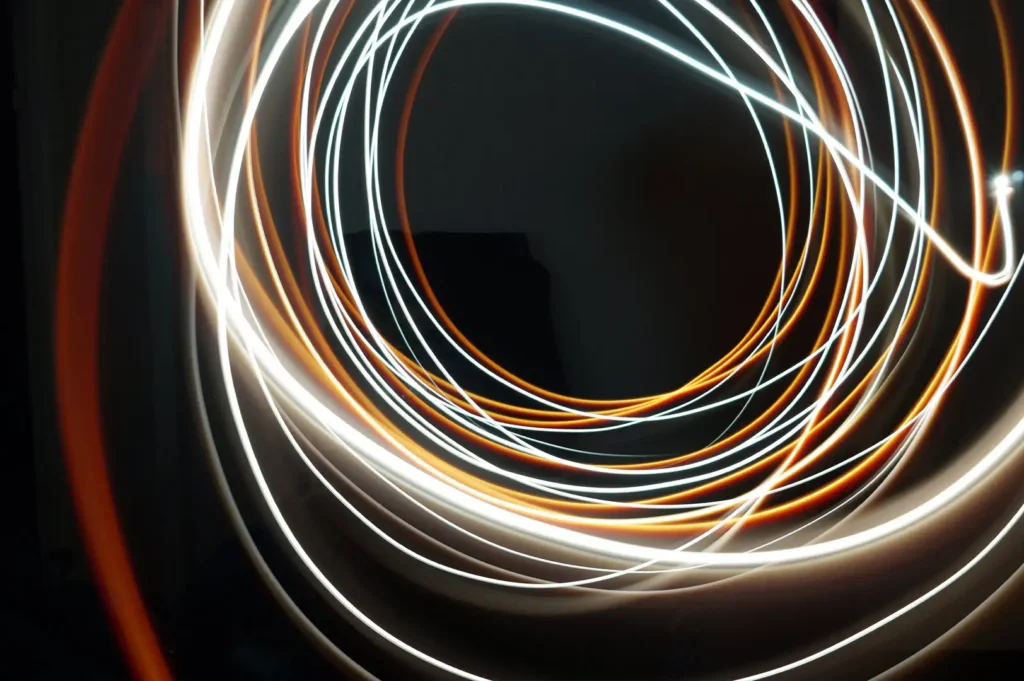
Incorporate Movement: Movement can add an element of dynamism to your photos. Use a slower shutter speed to create motion blur, or capture a moment of action to convey energy.

Pay Attention to Details: Small details can add significant depth to your story. Look for elements that can subtly contribute to the narrative.
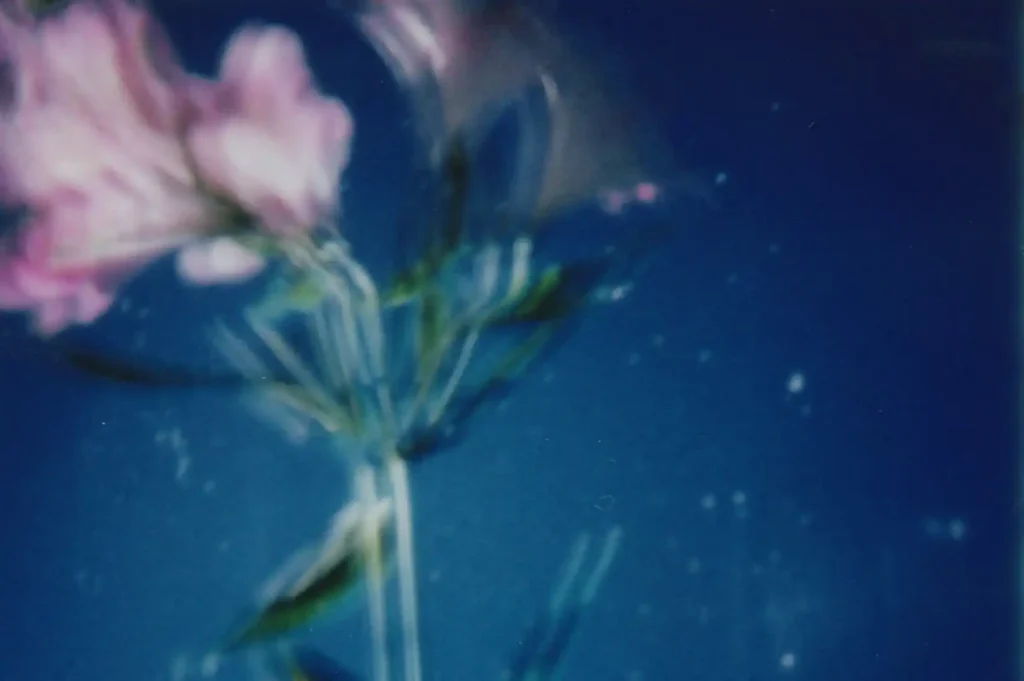
Edit Thoughtfully: Post-processing is part of storytelling. Use editing to enhance the mood and details of your photos without overdoing it.
Creative Storytelling Photography Ideas
Storytelling photography thrives on creativity and personal interpretation. Here are various ideas and themes to inspire your storytelling journey:
- A Day in the Life: Capture the essence of everyday life, focusing on routine moments that often go unnoticed but tell a profound story.
- Contrast of Emotions: Explore contrasting emotions in a single frame or a series of photos. This could be joy amidst sorrow, peace in chaos, or solitude in crowded spaces.
- Generational Tales: Photograph different generations in your family or community. Highlight the similarities and differences to tell a story of lineage and legacy. From newborn babies to our cherished seniors!
- Seasonal Changes: Use the backdrop of changing seasons to illustrate the passage of time or life’s transitions.
- Urban vs. Rural: Contrast urban life with rural settings. Focus on the lifestyle, architecture, or pace of life in each setting.
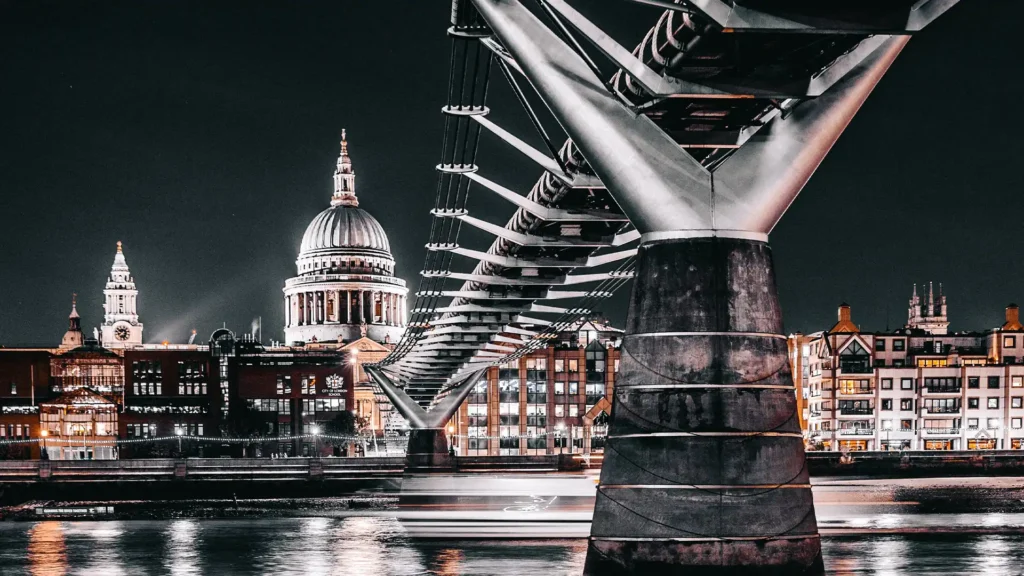
- Cultural Celebrations: Capture the vibrancy and uniqueness of cultural festivals, traditions, or ceremonies.
- The Untold Perspective: Tell a story from an unusual or rarely seen perspective, giving voice to the less heard.
- Silent Stories: Create a narrative around inanimate objects, capturing them in such a way that they seem to have their own stories.
- Myth and Fantasy: Recreate scenes or themes from myths, fairy tales, or fantasy worlds.
- The Journey: Document a journey, literal or metaphorical, focusing on the experiences and transformations along the way.
Summary
The art of storytelling in photography transcends the mere capturing of images; it’s about weaving narratives and evoking emotions. Each element – from composition and lighting to subject selection and modeling poses – plays a crucial role in this visual storytelling. It’s an expressive medium that allows photographers to delve deeper, revealing stories beyond the surface.
